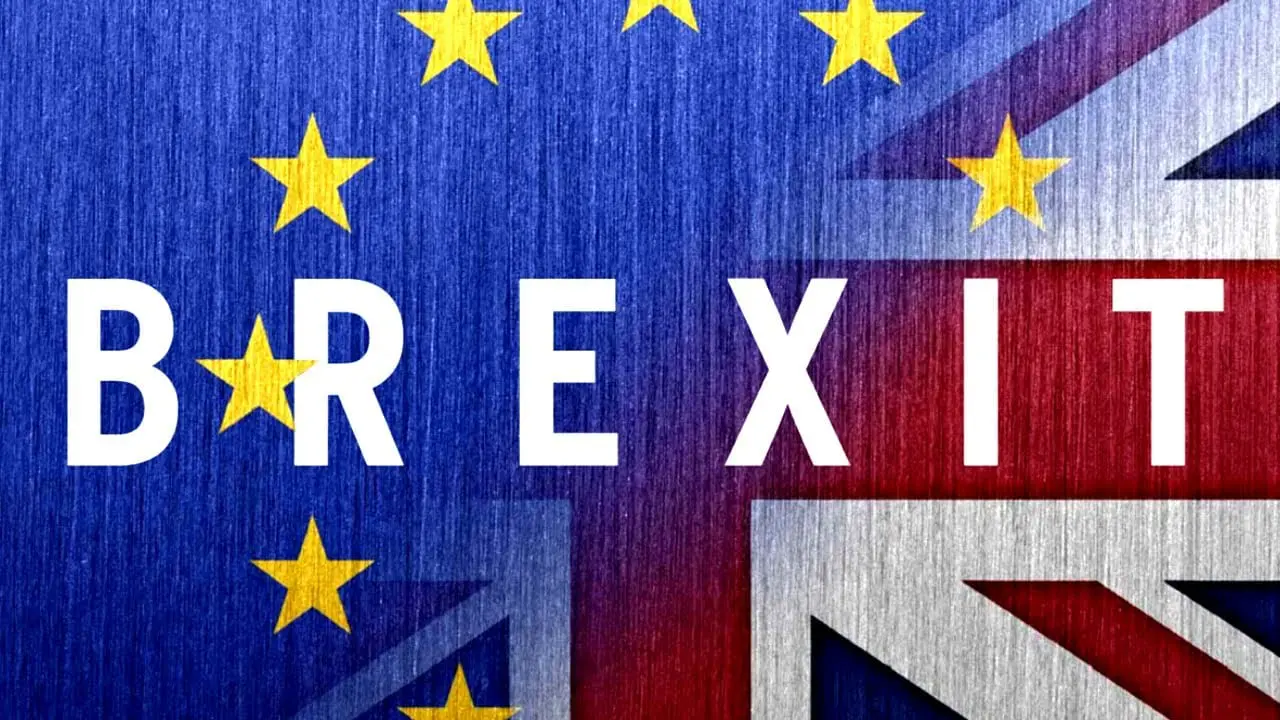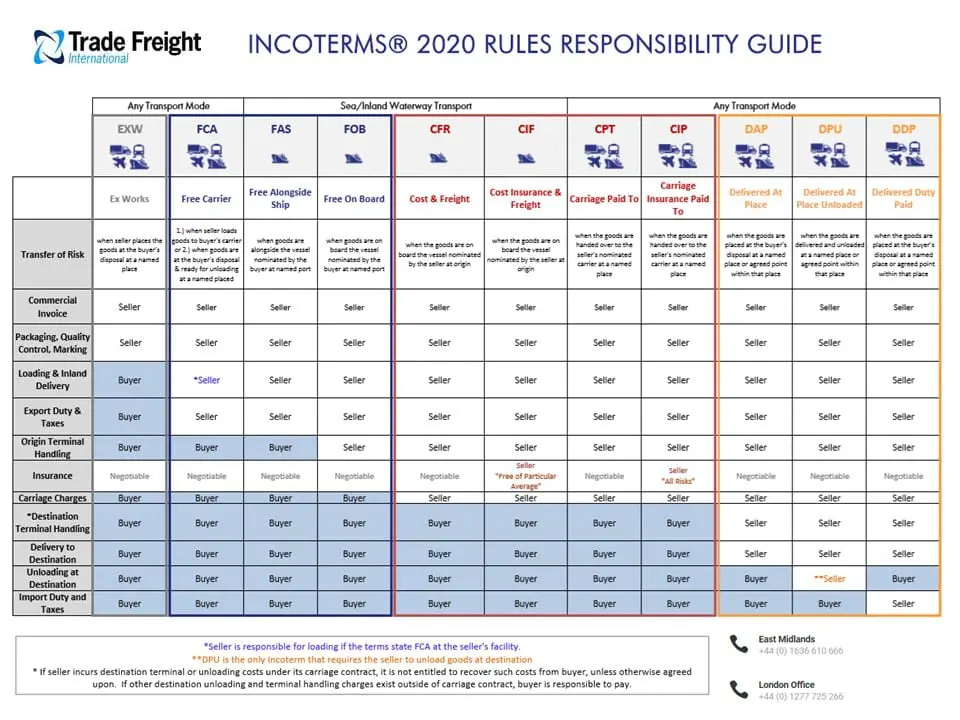The customs clearance process will vary not only from country to country but according to the specific nature of the shipment, but, as a rule of thumb, most countries will permit people to bring in their personal effects without charge.
If you are using a professional moving company, they will typically give you guidance on what you need to do to prepare for their arrival and then manage the transportation and customs clearance process for you. If you are transporting your belongings yourself then, as always, it is your job to do your own research. In particular, you will need to check if you have any items which fall into one or more of the categories below, or even just look as though they do.
Prohibited items
In and of itself, this one is fairly obvious, if something’s prohibited in a country then you clearly can’t put it in your shipment. What may be less obvious is just what any given country treats as prohibited, which is why you need to check. As a rule of thumb, anything which could reasonably be considered a health and safety hazard and/or an environmental hazard is likely to be prohibited.
This will almost invariably include anything organic such as plants (often including seeds) and any form of fresh food, packaged food may be open to negotiation, but if you are going to transport it, then it’s a very good idea to transport it with the packaging still sealed.
In some places, you may also run into trouble with items which may be considered offensive, and this can vary hugely from country to country, depending on local standards, so it’s important that you either get professional help or to do your research very thoroughly.
Commercial items
This area can be surprisingly tricky to navigate, especially when it comes to technology. In the old days, if people were travelling with top-end technology then they were actually relatively likely to run into trouble with customs clearance. Basically, there was often a belief that if you were travelling with “professional-standard” technology it was because you intended to use it for professional purposes.
These days, however, you are relatively unlikely to run into trouble with premium information technology unless you are transporting something which is obviously commercially-orientated without a very good explanation (like a crate full of servers). You’re also going probably going to be fine with entertainment technology such as cameras and gaming equipment.
Where you might run into trouble is with “in-between” items such as 3D printers. These are still mainly used for commercial purposes, but they are also used by home hobbyists. In this situation, quantity may be the determining factor. Basically, if you’re only transporting one or two 3D printers then you’re probably going to be more likely to get customs agents to believe that they’re for your hobby than you are if you’re transporting a couple of dozen of them.
New items
There can be a bit of nuance here, customs officials are unlikely to bother if you have a few items of regular clothing with the tags still on, but if you have a lot of items which are obviously new, or even look new, then you could run into trouble at customs. If you’re the kind of person who keeps original packaging to store and/or transport items, then this could be one occasion you might want to pass on the habit, unless you also have the receipts to show that they were bought at least 12 months ago.
If you are a collector and you keep your collectables in their packaging, then it’s strongly advisable to ask a proper shipping agent for advice, especially if you have a large collection.
If you’d like to know more or require international transportation, please contact us



Recent Comments